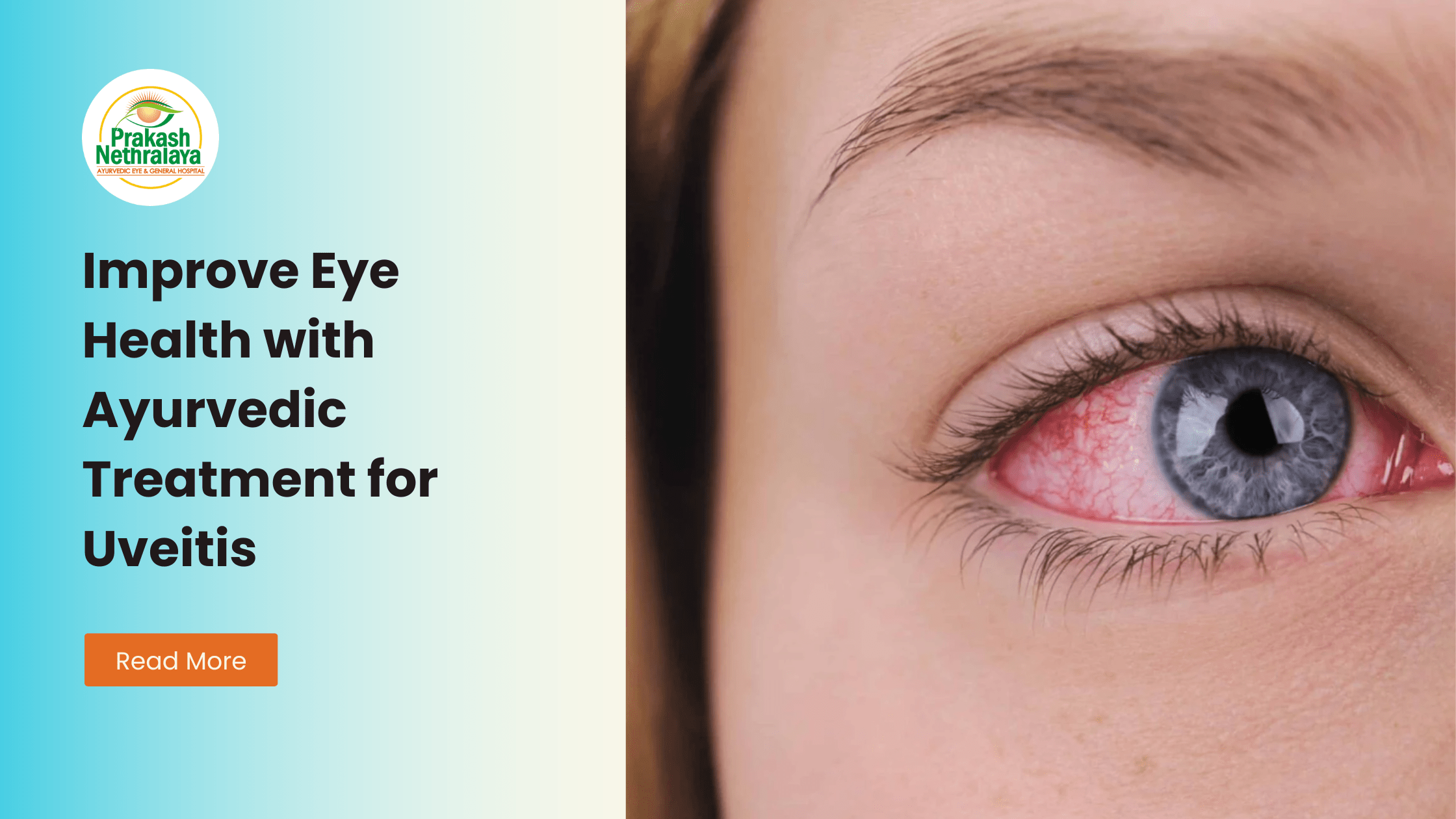Uveitis is a term that is used to illustrate a number of inflammatory diseases that cause swelling and redness in the eye, and eventually destroys eye tissue. If this disease is not treated at an early stage, it can lead to scarring and blinding.
Uveitis generally occurs within the uvea which is the middle layer of the eye and is made up of the iris, ciliary body, and choroid. Though this disease is not only limited to the uvea, it can also affect the lens, retina, optic nerve, and vitreous. Uveitis is a serious condition that requires fast treatment to control the redness and swelling within the eyes.
Different Types Of Uveitis
Eye specialists categorize this condition as follows :
Anterior Uveitis: It is the most common form of uveitis that occurs in young to middle-aged people. Anterior uveitis occurs when the iris and the ciliary body become reddened. It is generally seen among individuals who are suffering from rheumatologic, skin, gastrointestinal, lung, and infectious diseases.
Intermediate Uveitis: This type of uveitis is mostly found among children, teenagers, and young adults. This disease usually occurs when the area behind the ciliary body and the retina become swollen. It is generally seen among individuals who are suffering from sarcoidosis and multiple sclerosis.
Posterior Uveitis: It is the least common type of uveitis. This disease occurs when the choroid and the retina at the back of the eye become reddened. This condition is also named choroiditis or chorioretinitis.
Panuveitis Uveitis: A term that is generally used when all three major parts of the eye are affected by irritation.
Causes Of Uveitis
The cause of uveitis is not much clear as there are numerous things that can cause this condition i.e. injury or infection within the eye or several core health conditions. Health conditions related to uveitis maybe
- Inflammatory conditions
- Bacterial, viral, or parasitic infections
- Immune-deficiency diseases
A list of diseases linked with uveitis is Kawasaki disease, AIDS, Syphilis, Toxoplasmosis, Ankylosing spondylitis, Herpes zoster infection, Histoplasmosis, Psoriasis, Reactive arthritis, Rheumatoid arthritis, Kawasaki disease, Multiple sclerosis, Sarcoidosis, Tuberculosis, Ulcerative colitis, and Vogt Koyanagi Harada’s disease.
Symptoms Of Uveitis
The symptoms of this condition will depend on the type and level of inflammation within the eye.
Here are some of the common symptoms of uveitis :
- Redness within the eye
- Blurred or cloudy vision
- Pain or swelling in the eyes
- Enhanced Sensitivity to light
- Dark floating spots
- A minor pupil in the eye
- A different colored iris
Ayurvedic Treatment Of Uveitis
In order to treat uveitis, it is imperative to consider Ayurveda eye treatment so as to cure this disease permanently. Uveitis treatment is safe for and can avert problems associated with thttps://www.ayurprakash.com/ayurvedic-eye-treatment/his disease. Ayurvedic medicines are effective in eliminating inflammation completely and providing nourishment to the retina. There are a number of Ayurveda medicines that can provide relief for a maximum time. These medicines must be taken for a minimum of 6 months to a maximum of 1 year or depending upon the patient’s condition that too after consultation with an Ayurvedic eye specialist.




